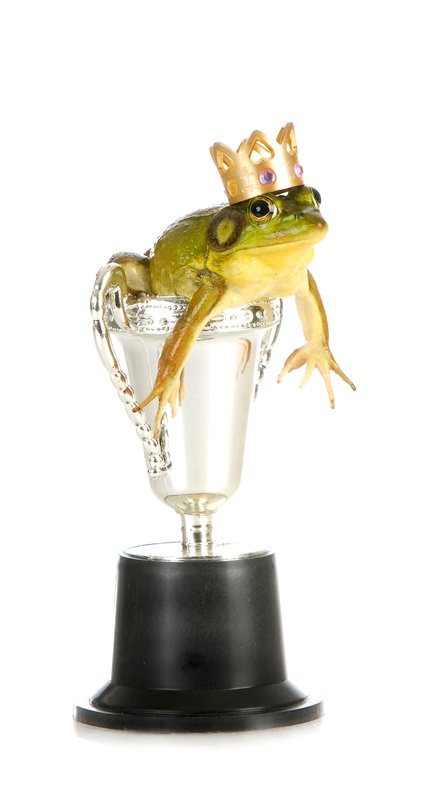by Ken Lopez
Founder/CEO
A2L Consulting
In my previous three posts concerning the “Reptile” trial strategy, I provided an introduction to the strategy, I discussed how to spot it, and I discussed why the science that its authors claim supports the strategy is just plain wrong.
As I have mentioned in previous articles, this trial strategy has been largely absent from the types of cases that we work on at A2L. However, with high-stakes pattern litigation on the rise, and with the increase in sophistication on the plaintiffs side in big-ticket litigation, the “Reptile” is something that medium and large law firm defense firms must be able to spot and to cope with.
In this article, I will focus on the critical fact that, despite the bad science that its authors employ, the Reptile trial strategy still works. In other words, the “Reptile” advocates are tapping into authentic ways of persuading jurors. There are at least seven reasons for that.
- The “Reptile” advocates suggest using a strong theme that is constantly reinforced throughout the case from complaint to closing. That's just good lawyering, and a majority of lawyers still don't do this. See 14 Differences Between a Theme and a Story in Litigation.
- Similarly, they encourage focusing on a consistent strategy from the very beginning of the case. Few defense counsel do this throughout a case, and again, following this practice is just good lawyering. See Planning For Courtroom Persuasion? Use a Two-Track Trial Strategy.
- They encourage the use of narrative as a persuasion strategy. We've written about that many times, and they are right to encourage it, because it works very effectively. Our proposed narratives are based on real psychological science and theirs are not, but the use of narrative is a very good idea. See $300 Million of Litigation Consulting and Storytelling Validation.
- Plaintiffs are going to score some hits in video depositions because the strategy is just so relentless. The authors advocate a fanatical pursuit of admissions from the defendants. If one doesn’t know how to stop the badgering, it is easy to slip in a deposition, and it sometimes only takes one slip to win a case. See The Top 14 Testimony Tips for Litigators and Expert Witnesses.
- By redirecting the focus away from the plaintiff and on the defendants and the injury they might have caused, plaintiffs take the focus off the plaintiffs regardless of their contributory behavior. Again, this can be very effective. See Storytelling Proven to be Scientifically More Persuasive.
- Emotional appeals work. As a rule, whether you are buying a new suit, watching your kids tour a college campus or sitting in a jury box, people buy on emotion and justify on fact. The reptile trial strategy is a good method of making an emotional appeal. See Are You Smarter Than a Soap Opera Writer?
- Finally, the book reads like a manual -- and even a bad lawyer can follow a manual. Over and over again, good tactics are suggested, wrapped up in a palatable vocabulary. The strategy works because it's easy to follow, easy to remember and easy to implement. See The Top 5 Qualities of a Good Lawyer.
In my next post, I will discuss how to overcome the strategy as a defense lawyer. If you'd like to be notified of subsequent articles, please click here.
Other articles and resources related to trial strategy, jury persuasion and jury consulting from A2L Consulting:
- Repelling the Reptile Trial Strategy as Defense Counsel - Part 1
- Repelling the Reptile Trial Strategy as Defense Counsel - Part 2 - 10 Ways to Spot the Reptile in Action
- Repelling the Reptile Trial Strategy as Defense Counsel - Part 3 - Understanding the Bad Science
- 3 Articles Discussing What Jurors Really Think About You
- 10 Things Every Mock Jury Ever Has Said
- 14 Differences Between a Theme and a Story in Litigation
- How to Handle a Boring Case
- The Voir Dire Handbook — Complimentary Download
- 9 Things In-House Counsel Say About Outside Litigation Counsel
- 25 Things In-House Counsel Should Insist Outside Litigation Counsel Do
- 7 Reasons In-House Counsel Should Want a Mock Trial
- Planning For Courtroom Persuasion? Use a Two-Track Trial Strategy
- $300 Million of Litigation Consulting and Storytelling Validation
- Accepting Litigation Consulting is the New Hurdle for Litigators
- The Top 14 Testimony Tips for Litigators and Expert Witnesses
- 5 Ways to Maximize Persuasion During Opening Statements - Part 1
- 5 Ways to Maximize Persuasion During Opening Statements - Part 2
- Run a confidential conflicts check with A2L for mock trial consulting, jury selection consulting, litigation graphics consulting or hot-seat support in the courtroom by clicking here.






Leave a Comment